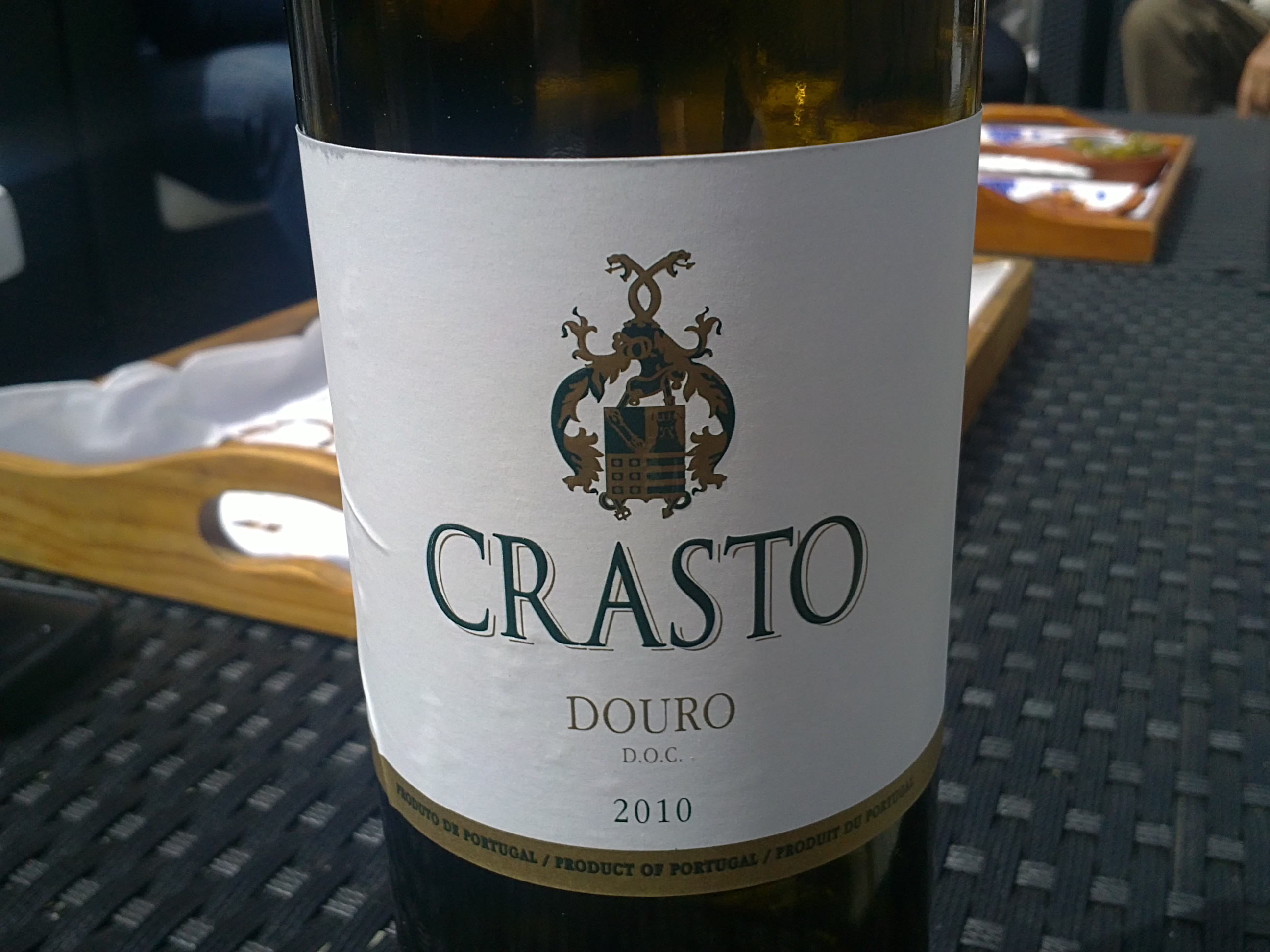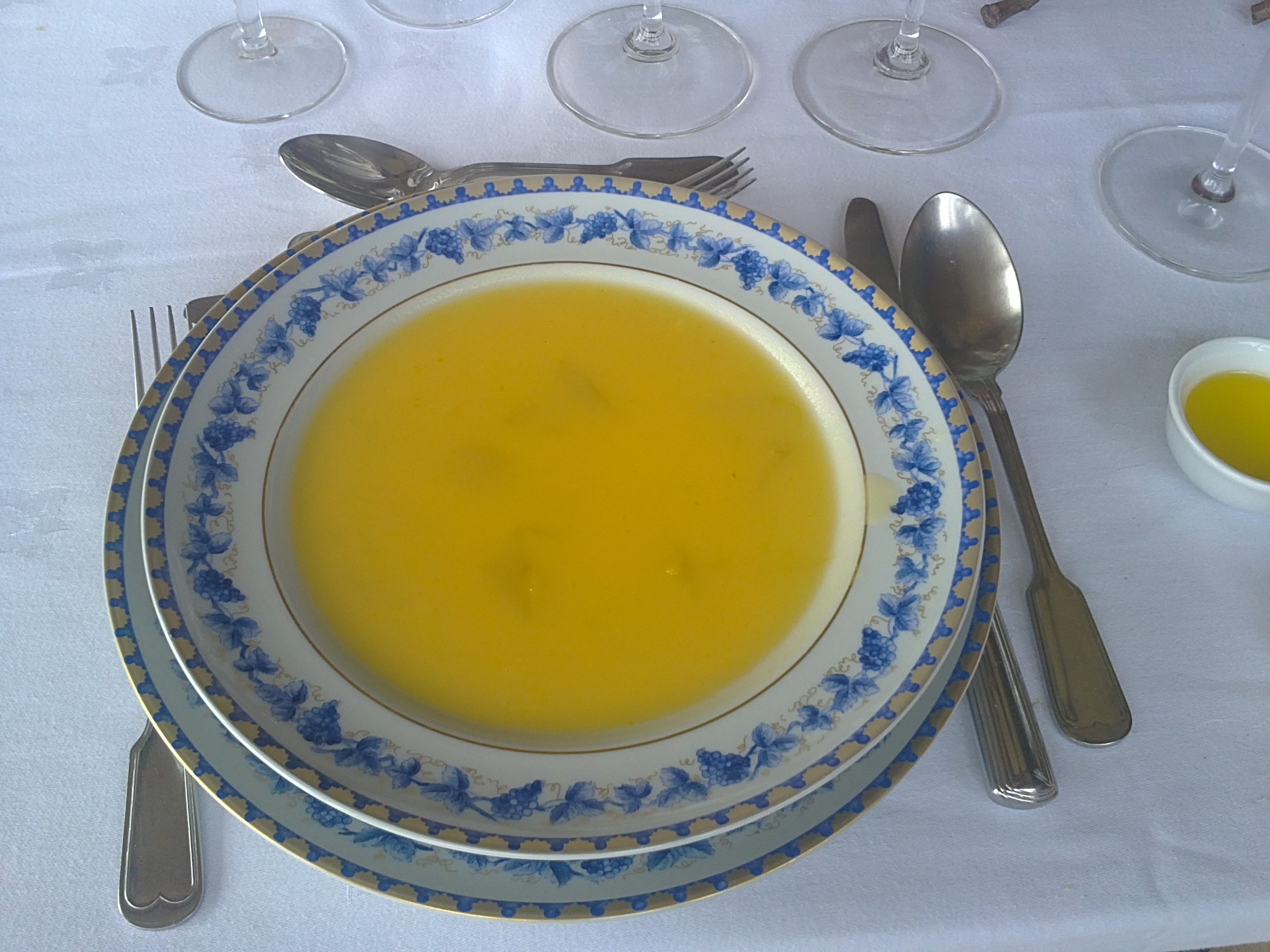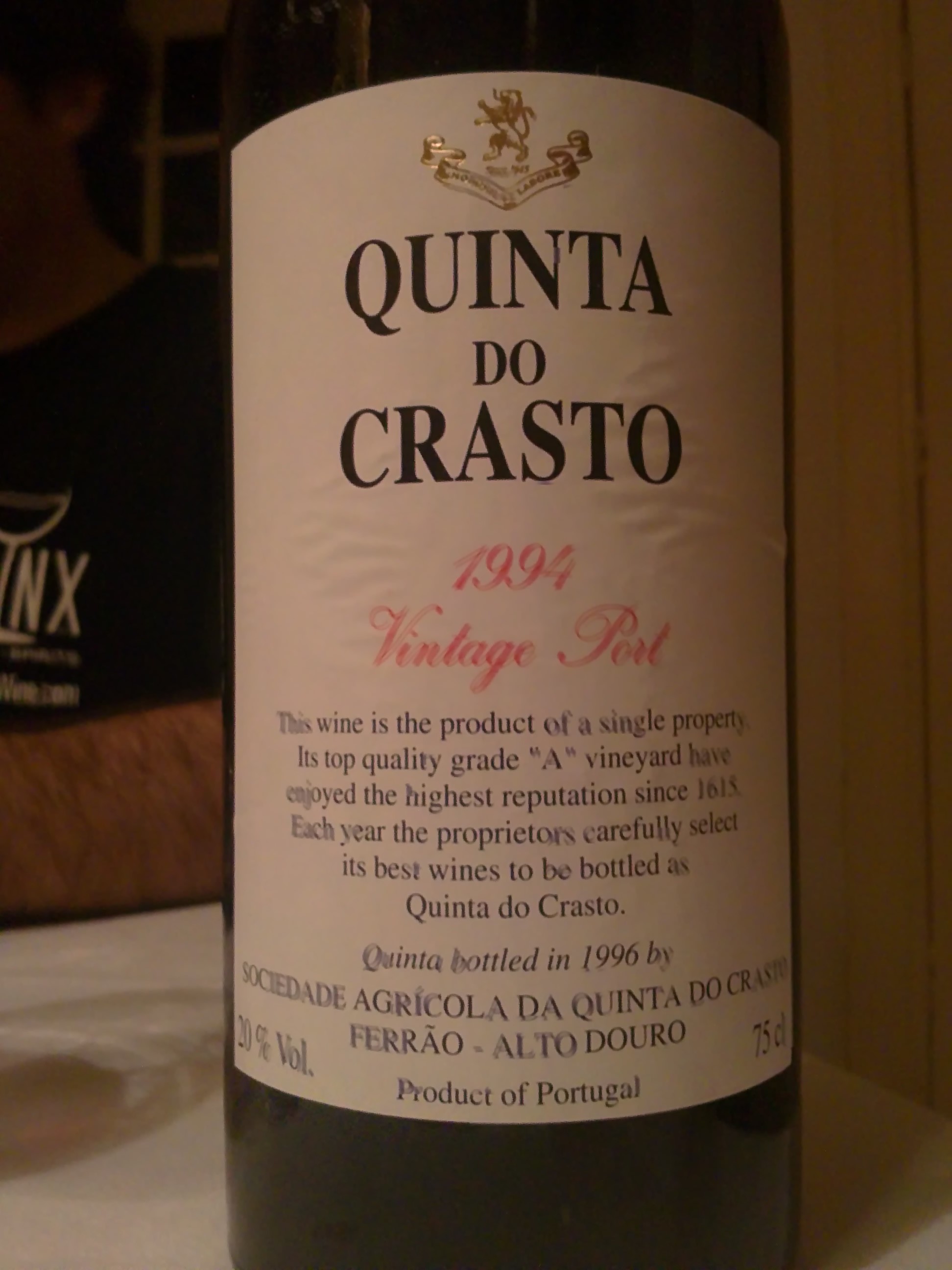In Portugal (1): Crasto: the mechanics of perfection
Posted on 10 April 2011
Greetings from Portugal. I am spending ten days in the Douro Valley, discovering some of my favourites wines in situ. I love the wines of the Douro, red, white (though it’s not easy) and rosé (the few of them) as well as sweet port. I also like the producers here: well-travelled, open-minded and cooperative. And the vineyard landscape might well be the world’s most beautiful.
My first stop is at Quinta do Crasto. Owned by the Roquette family since several generations, it has traditionally supplied port wine to Taylor’s (a relationship that still continues; Crasto only keep 20% of their port to release under their own label). Jorge Roquette and his sons Tomás and Miguel started making dry wines in 1994, and with the help of winemakers Manuel Lobo and Dominic Morris, Crasto is now one of the very best producers in the Douro.
The current releases include the 2010 Douro white, certainly one of the region’s freshest, pithiest, most drinkable bottlings (it makes an advantage of being unoaked, something more Douro white should be) and 2009 Crasto red, a mightily impressive wine given its 500,000 bottles’ production volume and 10€ retail price (Miguel Roquette has the brave and brilliant idea of serving this from the fridge, at 15C, making it refreshing and zesty despite the rich, Mediterranean fruit). There’s also the 2009 Douro Superior from a new 100-hectare project two hours up the river: as all wines from this hotter subregion, this is showing bigger, richer, spicier, almost jammy but with good balance (it needs time to digest its year of oak). Crasto pumps up the volume with the brilliantly deep, old-viney 2008 Reserva and the 2009 Maria Teresa. The latter is one of the Douro’s very impressive bottlings: massively concentrated and opulent but with a sense of natural balance and innate freshness that is very difficult to achieve anywhere in the world.
Maria Teresa comes from a stunning plot of east-facing stone terraces with vines planted in 1903 (on 4.7 hectares, there are over 40 old Portuguese varieties, some of which still haven’t been conclusively identified). The terroir is pure brown slate, and there’s not a millimeter of surface soil. No other crop would probably grow here. This is the Douro at its most elemental. But it would be futile to think that these natural conditions are enough to achieve the heights that Maria Teresa displays in the glass. As the saying goes, quality is never an accident. Crasto is a very modern winery where nothing is left to chance. I’ve seen many modern wineries and conic stainless steel vats, a collection of the world’s most expensive oak barrels, washing empty bottles with purified water and filling them with inert gas before bottling are tricks I’ve seen elsewhere. But I’ve not seen such state-of-the-art stainless steel vertical basket presses, or a lab employee picking a random bottle from the bottling line every hour and then tasting it and analysing it for SO2, filling level, vacuum pressure for perfect traceability. Those are the million little quality things the final consumer has no idea of but that contribute to consistent high quality.
Oh, and I forgot to mention Crasto also makes great port. Only two bottlings are made here: a ‘traditional’ (i.e. unfiltered) Late Bottled Vintage (a 1996 was slightly underwhelming at dinner but I left a glass half-full overnight and it opened up beautifully; the 2006 might not come from a heralded vintage but is drinking more than nicely) and a Vintage: the 2008 has irresistible fruit if you like your port young; the surprise came from the 1994 that is so fresh and vibrant I took it for a 2003. With its depth of succulent fruit but also iron-cast structure, Crasto’s 1994 is a proof that the most exciting port don’t necessarily come from the historical British brands these days. If a small private estate can produce top-notch dry wine, it can also make a great port – and many do.
Disclosure
I am staying at Quinta do Crasto with my family at the quinta’s invitation. Other expenses of this trip to Portugal including flights and transfers are my own.




